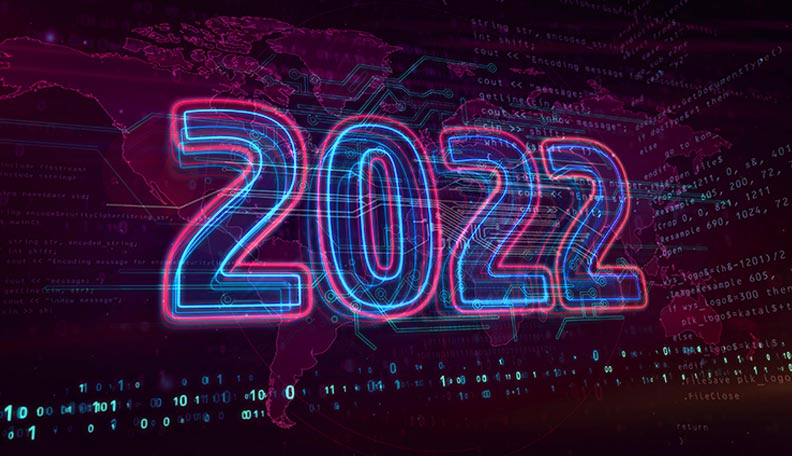
If there is one constant in business, it’s the fact that change will always happen – whether we like it or not. And the past half decade has seen more transformative disruption than much of the previous half century. Markets, models, economies – all have seen seismic shifts. And that’s before we were hit with a global pandemic.
It doesn’t take a soothsayer to predict that the coming year promises to throw up a whole new set of challenges for treasurers across the UK. How they address those challenges may determine how well positioned their businesses are to capitalise on the eventual recovery.
Clearly, the volatility that has characterised the previous two years isn’t going anywhere. What we have seen is that, while many treasurers and their teams have adapted to the new world we are now living in, COVID-19 is not over yet and there is a constant flow of new variables. COVID variants emerge periodically, and the different approaches to containing the virus will continue to cause volatility in the markets.
It’s fair to say that the treasury teams most likely to prosper in the coming year will be those that have not only demonstrated operational transformation or transactional excellence, but those that have also focused on continual improvement and the nuts and bolts of treasury activities – whether that means reviewing risk management processes or implementing new technology.
There’s little doubt that there remains the potential for further disruptions in global supply chains, which will inevitably bolster the demand for more visibility into cash. So, what will that mean for treasurers? From the conversations we’ve had with our clients across a range of sectors, our belief is that scenario analysis will continue to be top of mind for treasury teams over the next 12 months as new macroeconomic variables drive the need for multiple forecasts.
The key to surviving the uncertainty will be to adopt technology that fits acute needs within a treasury’s view and then to implement it. On the adoption side, it amazes us that in 2021 we still see critical treasury processes and information housed in spreadsheets.
The good news is that the funds available for ‘Office of the CFO’ software as a service solutions (including cash management, treasury and forecasting solutions) have increased and are still growing. Even better is that ‘best-of-breed’ solutions, which typically have lower barriers of entry, are surging, as the ‘one-size-fits-all’ type of solution is shown to be excellent in some areas but simply not viable in others.
Finally, it is also worth noting that the longer we have to live with COVID-19, the more normal it will become to acquire technology in front of a computer screen (rather than meeting face to face).
On the implementation side, internal IT processes and architecture alignments are still a roadblock to implementing even niche solutions. The reason is simple: there is not enough IT capacity, due to a general lack of IT skills in the marketplace. A war for IT resources results in increased internal costs and pushes out project time frames. Digital transformation programs, while beneficial in the long term, seem to guarantee that business users of technology won’t realise tangible benefits for many months. Therefore, more focus should be put on quick wins or proof of concepts and building further from there.
While there are certainly challenges to adopting and implementing technology effectively, the need for visibility (and the automation to support scaling that visibility up), security, validation and auditing has not decreased. We feel that the above will continue to drive conversations with treasury technology providers.
Ultimately, treasurers occupy a unique position: they are, in many ways, the first line of defence in protecting businesses from the headwinds that can buffet them in stormy times. We firmly believe that by adopting the right approach to technology investment, they will continue to play their vital role.
Nicolas Christiaen is CEO and co-founder of Cashforce
